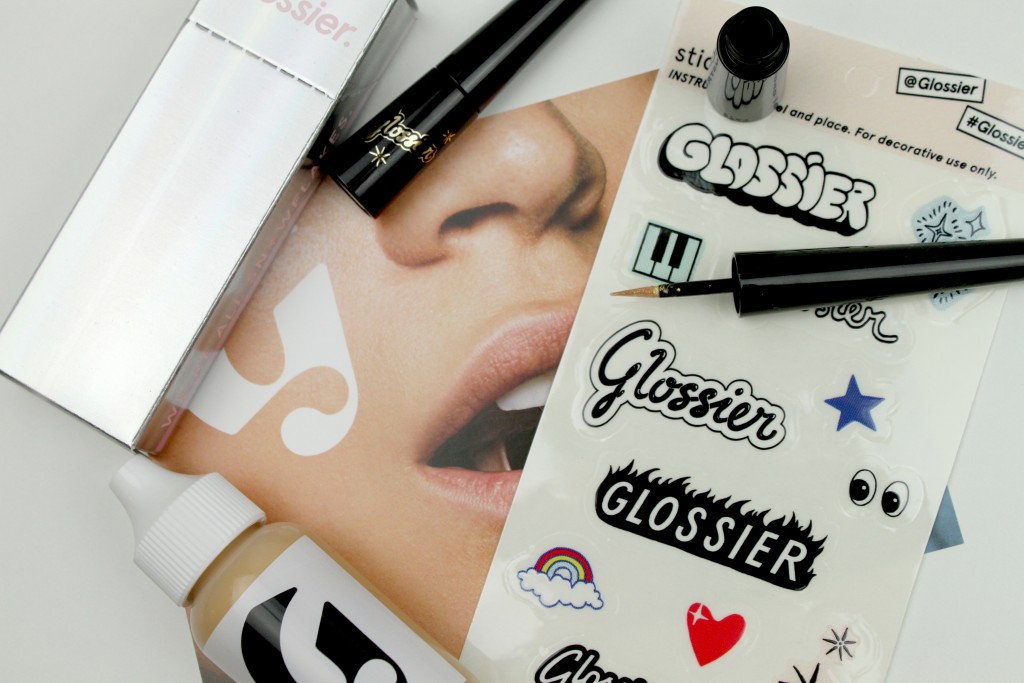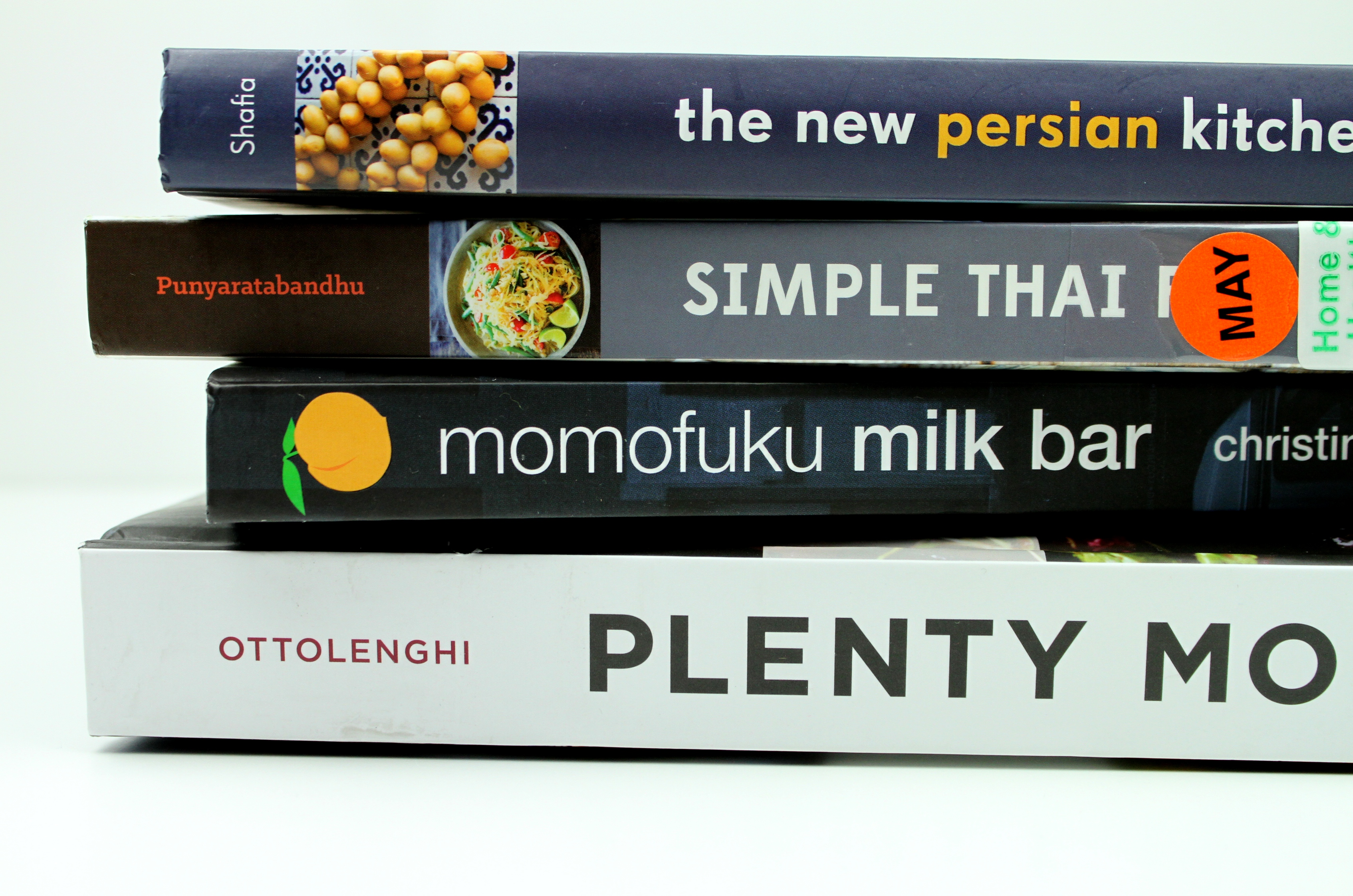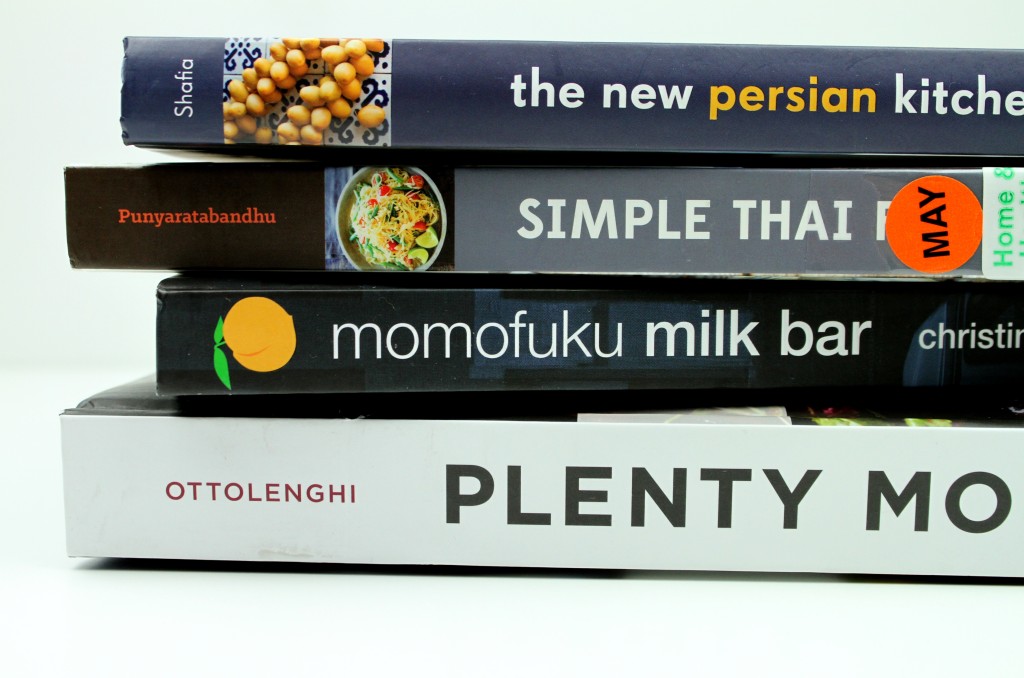I’ve been reading Into The Gloss for years, a website about style and beauty getting the inside scoop from industry veterans. I especially enjoy the top shelf series, wherein beauty obsessives, models, actors, makeup artists, skincare moguls, etc, list their favorite products. So I watched the emergence of Glossier, a beauty brand founded by the founder of ITG, Emily Weiss, with interest. The brand is playful and modern, and obviously very carefully designed.
The product list is small at the moment, highly curated, and rolling out bit by bit with some really smart marketing. The brand presents itself as real, current, and friendly, building the line from the basics, which basics were created to be the happy combination of the best parts of all makeup everywhere, for the modern woman. [Or, more the modern girl/woman, as this targets quite a young audience, I would say.] The modern woman here being one who wants fresh, natural skin first and foremost (I agree with this completely, actually). It’s developed a solid community already, and, while I don’t want to get everything, I am paying attention. I definitely want to get some things.
Check out this packaging situation! Stickers! Very cute.
I picked up the skin tint in medium, an extremely thin, smooth liquid formula that is truly difficult to detect on the skin, which was just what I’ve been looking for. It doesn’t make a large difference, but I don’t want a large difference…I want a very subtle evening of skin tone. I like this.
I also picked up the LE glitter liquid liners they put out around Christmas, because I am a sucker sometimes, when it comes to metallic gold shimmer, and I don’t like them as well. The texture is OK but a bit sticky, and I expected a more concentrated metallic shimmer. Still, I can tap my own glitter on to the sticky base…I can work with it but not everything I’d hoped.
So, Glossier, I’m watching. I’ll probably pick up you lipstick, when it comes out.




